Global Economic Recession a Possibility, World Bank Says
Recent developments: After a strong rebound in 2021, growth in the East Asia and Pacific (EAP) region slowed markedly in 2022 to an estimated 3.2 percent, 1.2 percentage point below previous forecasts. The slowdown was almost entirely due to China (which accounts for about 85 percent of the region’s GDP), where growth slowed sharply to 2.7 percent, 1.6 percentage points lower than projected in June. The country faced recurrent COVID-19 outbreaks and mobility restrictions, unprecedented droughts, and prolonged stress in the property sector, all of which restrained consumption, food and energy production, and residential investment. Fiscal and monetary policy support for domestic demand and an easing of restrictions on the real estate sector have only partially offset these headwinds.
In the region excluding China, the pace of growth more than doubled, rising to 5.6 percent in 2022. Activity was supported by a release of pent-up demand as many countries continued to lift pandemic-related mobility restrictions and travel bans. Growth in the region excluding China in 2022 was 0.8 percentage point above the June forecast, reflecting upgrades for Malaysia, the Philippines, Thailand, and Vietnam, most of which also benefited from a strong rebound of goods exports. Growth in Fiji was much stronger than expected, fueled mainly by a resumption of international tourism in response to a significant easing of travel restrictions. The recovery in tourism in many smaller Pacific Island economies has been generally slower than in the rest of the world because of recurring COVID-19 outbreaks and remaining border restrictions.
Consumer price inflation increased across the region in 2022. Notwithstanding this increase, price pressures have been generally more muted in EAP than in other regions. This partly reflects remaining negative output gaps due to a combination of relatively high potential growth and protracted recovery as well as widespread price controls and subsidies.
Outlook: Growth in the EAP region is projected to firm to 4.3 percent in 2023 as easing of pandemic-related restrictions allows activity in China to gradually recover. These projections are below those of last June, where regional growth was expected to surpass 5 percent in 2023-24. The downward revisions are broad-based and reflect COVID-related disruptions and protracted weakness in the real estate sector in China and weaker-than-expected goods export growth across the region. Inflation is also expected to ease somewhat after peaking in 2022.
In the region excluding China, growth is projected to slow to 4.7 percent in 2023 as pent-up demand dissipates and declining goods export growth outweighs belated recovery in tourism and travel. While recoveries from the pandemic remain incomplete in many countries, with output in 2023 expected to remain significantly below pre-pandemic trends, elevated prices for food, energy, and other inputs as well as further monetary policy tightening are envisaged to hold back activity this year, especially investment. Per capita income growth in EAP is projected to slow to 3.6 percent in 2020-23 from an average of 6.2 percent in the decade before the pandemic.
In Indonesia, GDP is projected to grow by 4.9 percent on average in 2023-24, only slightly slower than in 2022, reflecting softening but still robust private spending. After the strong rebound in 2022, growth in Malaysia, the Philippines, and Vietnam is expected to moderate as the growth of exports to major markets slows. Growth is projected at 4.0 percent in Malaysia, 5.4 percent in the Philippines, and 6.3 percent in Vietnam. By contrast, growth in Thailand is projected to accelerate to 3.6 percent in 2023, reflecting the delayed recovery of contact-intensive sectors like tourism and transport. Output growth in tourism-dependent Pacific Island economies is also expected to be boosted by the relaxation of border restrictions and increased international tourist arrivals (Palau, Samoa).
Risks: Downside risks to the forecast for the region include the possibility of renewed pandemic-related disruptions, more prolonged real estate sector stress in China, sharper tightening of global financial conditions, weaker global growth, and more frequent disruptive weather events linked to climate change. A prolonged war in Ukraine and intensifying geopolitical uncertainty could further reduce business and consumer confidence globally and lead to a sharper slowdown than projected in the region’s export growth. Commodity- and export-dependent economies like Cambodia, Malaysia, Mongolia, and Vietnam are particularly vulnerable to slowing export demand, including from China. The region continues to experience an increasing frequency of highly disruptive weather events linked to climate change.
Small island countries, which lost an average of about 1 percent of GDP a year over the past 40 years to damage caused by natural disasters, remain particularly vulnerable to extreme weather events and hence to climate change.
Các tin khác
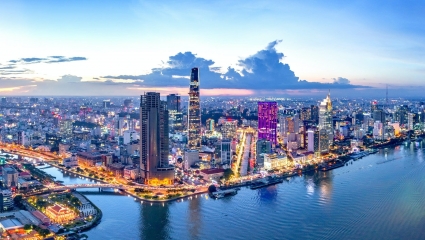
Standard Chartered Forecast Vietnam 2023 GDP Growth at 7.2%

Tough year expected for banks in 2023

Vietnam’s Hiking Cycle Under Way, HSBC Says

Amazon Global Selling Vietnam Reveals its 2022 Vietnam SMEs Empowerment
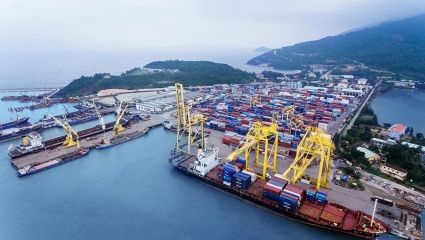
Vietnam: Bracing for a Trade Winter
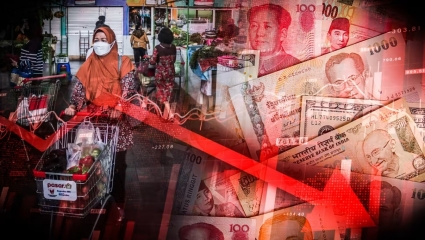
Asia Economies to Benefit from China’s Opening in Second Half 2023

One More HDBank Leader Registered to Buy HDB Shares
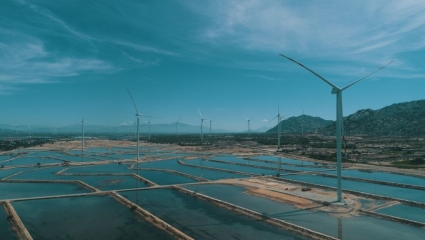
Sign of a Loan Agreement for Ninh Thuan Province Onshore Wind Power Project
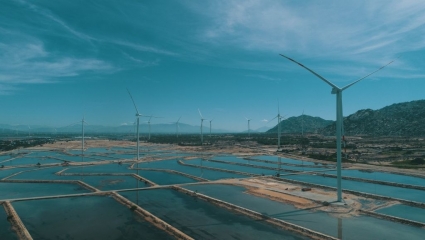
ADB, BIM Wind Sign $107 Million Financing Package to Support Wind Energy in Viet Nam
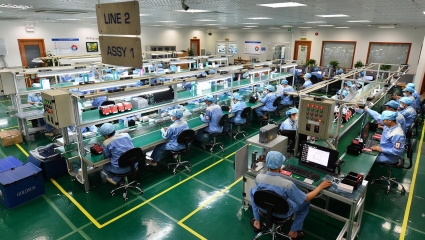
International Agreement to Support Vietnam’s Ambitious Climate and Energy Goals
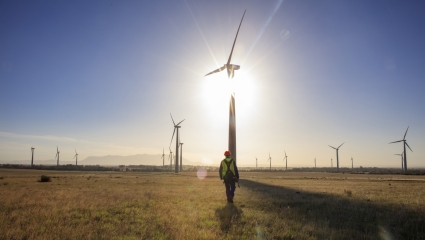
Vietnam to Receive $15.5 billion for Energy Transition
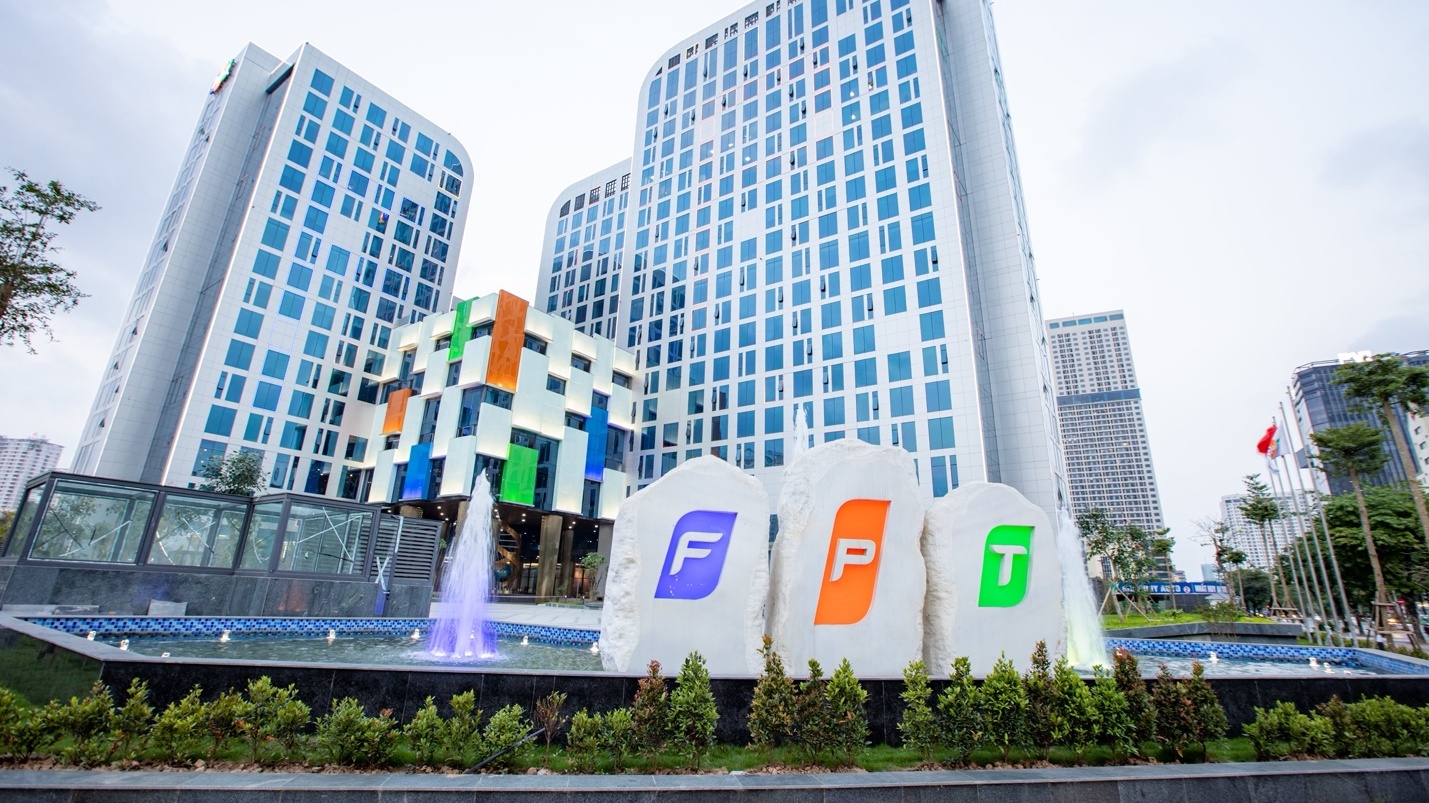
FPT Announced Business Results in the 11 Months of 2022
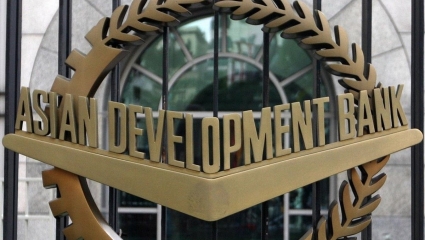
ADB Lowers Growth Forecast for Developing Asia amid Global Gloom

Amazon Announces its Biggest Holiday Shopping Weekend Ever

Unilever Vietnam to Consolidate the Position in Circular Economy

HSBC: The Vital Role of Voluntary Carbon Markets

Archetype Group Celebrated 20 Years of Growth
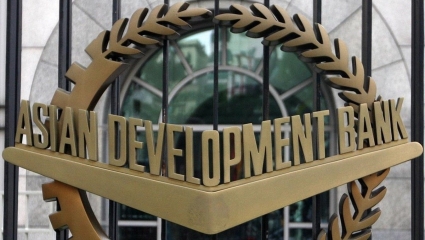
ADB, HAYAT KIMYA to Support for Women and Children’s Lives in Vietnam

HDBank is the Large-Cap Listed Company With the Best Annual Report 2022







